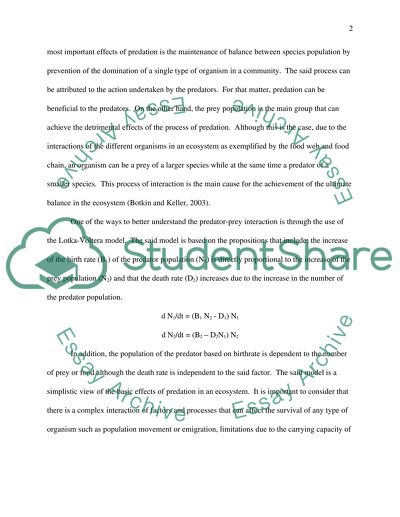Cite this document
(“The Effects of Competition, Predation and Disturbance Essay”, n.d.)
The Effects of Competition, Predation and Disturbance Essay. Retrieved from https://studentshare.org/social-science/1550533-explain-how-competition-predation-and-disturbance-affect-the-structure-of-biological-communities
The Effects of Competition, Predation and Disturbance Essay. Retrieved from https://studentshare.org/social-science/1550533-explain-how-competition-predation-and-disturbance-affect-the-structure-of-biological-communities
(The Effects of Competition, Predation and Disturbance Essay)
The Effects of Competition, Predation and Disturbance Essay. https://studentshare.org/social-science/1550533-explain-how-competition-predation-and-disturbance-affect-the-structure-of-biological-communities.
The Effects of Competition, Predation and Disturbance Essay. https://studentshare.org/social-science/1550533-explain-how-competition-predation-and-disturbance-affect-the-structure-of-biological-communities.
“The Effects of Competition, Predation and Disturbance Essay”, n.d. https://studentshare.org/social-science/1550533-explain-how-competition-predation-and-disturbance-affect-the-structure-of-biological-communities.


